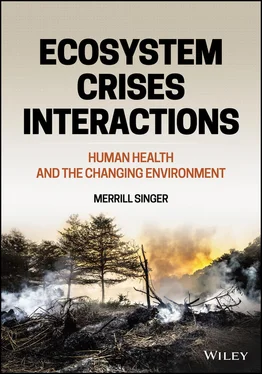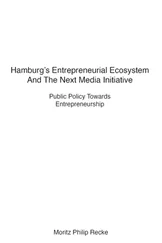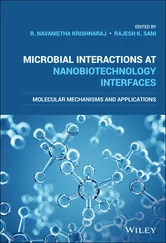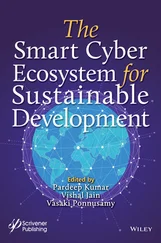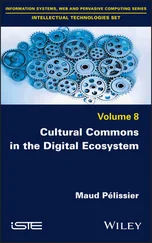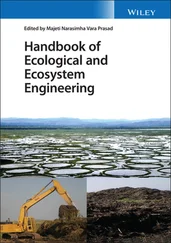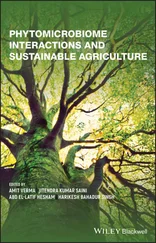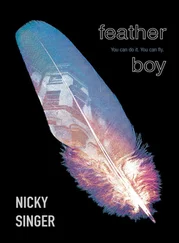Ecology’s immediate scholastic roots lie in the efforts of 19th‐century biologists to understand the number of species, their distribution around the planet, and the nature of relations among them. Questions about such issues motivated wide‐eyed and curious naturalists of the era like Henry Walter Bates, Alfred Russel Wallace, and Charles Darwin ( Fig. 2.2) to venture out and witness the species of the world in their local habitats. During his nearly 5‐year voyage as ship’s naturalist aboard the HMS Beagle , Darwin filled many notebooks and letters home with careful observations on animals, plants, and geology. His record of the distribution of species in the various places he visited in South America, including the Galápagos Islands, would provide him with the insights he used for the rest of his life in framing his understanding of biological evolution.
Over the years since Darwin and his peers carried out their groundbreaking studies, ecology has developed several core concepts to help frame this understanding.

Fig. 2.2 Charles Darwin.
Source: National Portrait Gallery.
Central to the conceptual repertoire of ecology is the notion that the natural biotic/abiotic world is organized into overlapping ecosystems. While it is useful in building an understanding of the environment to demarcate and even label ecosystems, like all natural systems they actually “are open systems without clear boundaries” (Langmuir & Broecker 2012, p. 6). A tide pool, for example, can be described as an intertidal ecosystem consisting of animals (e.g., sea anemones, starfish, crabs, sponges, fish, mussels, barnacles, limpets), plants (e.g., seaweed, sea grass, rockweed, sea palm, sea lettuce), water, rocks, and sand ( Fig. 2.3). However, tide pools are not isolated from the ebb and flow of the ocean, the gases of the atmosphere, or the rays of the sun.
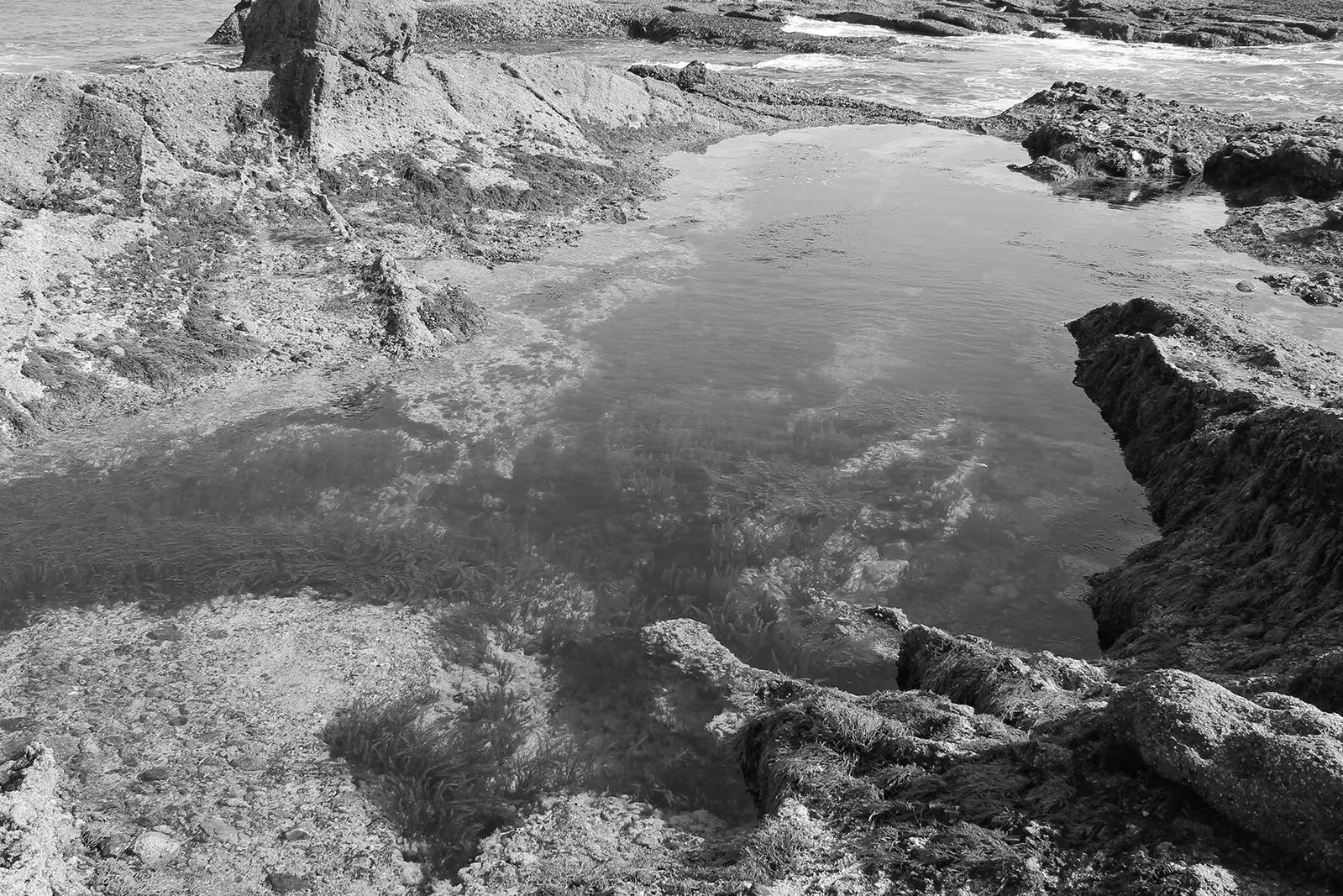
Fig. 2.3 Tide pool.
Source: rreeths/Pixabay.
The term “ecosystem” is used specifically to refer to a community of directly interacting living organisms and nonliving elements such as air, water, rocks, and soil. In an ecosystem, interactions occur among organisms (across all phyla) and between organisms and other environment components. Central to the relationships among these ecosystem components is the flow of matter and energy. A food chain, for example, involves the flow of matter and energy from autotrophs (e.g., plants) to heterotrophs (e.g., herbivores and carnivores) and, eventually, to decomposers—a flow that occurs in all ecosystems.
2.3.1.1 Ecosystem synergy
The biotic and abiotic components of an ecosystem are synergistic and reinforcing. Acreman et al . (2011) provide a good illustration of these kinds of interactions based on research on Somerset Levels and Moors (SLM), a coastal plain and wetlands located in the county of Somerset in southwest England. The SLM contains a rich biodiversity of invertebrates, plants, migratory and local birds, fish, amphibians, reptiles, and several mammalian species. Archeological remains indicate human presence since the Paleolithic. The area has been mined for its rich peat soils of decomposing organic material—used for fuel and fertilizer—at least since Roman times, but intensely so since the industrialization of extraction in the 1950s. The result is considerable ecosystem damage and peat loss.
Freshwater is ever‐present in the SLM because of its location near the outlet of a river basin, low‐lying topography, permeable peat soils, underlying aquafer, and rainfall. The resulting wet environment “supports bird [and other animal] life that maintains biological diversity, attracts tourists, protects archaeological artefacts and reduces CO 2emissions; raising water levels to or above the ground leads to net greenhouse gas uptake by the wetland” (Acreman et al . 2011, p. 1543). In light of climate change, it is notable that peat is the largest and most efficient terrestrial store of CO 2. On average, peat wetlands sequester 10 times more CO 2per acre than any other ecosystem. When peat is mined, however, it is exposed to air. Carbon contained within it (from decomposed biota) combines with oxygen in the air to produce CO 2, which is emitted into the atmosphere (Dunn & Freeman 2011). In this way, peatlands can be transformed by human actions from a CO 2sink (or storage site) to a CO 2source; that is, from a resource that restricts global warming to a source that drives it.
Another example of ecosystem synergy is provided by black bears ( Ursus americana ). These omnivores eat various animals (including insects), though most of their diet is based on diverse plant foods. Their lives revolve around food acquisition, reproduction and offspring care, and hibernation. They have a keen sense of smell that enables them to locate various food sources. Pregnant black bears give birth to their young in dens, and mother bears lactate for about 3 months while living there (Alt 1989). During this period, females do not eat or drink, yet they produce more than 850 ounces of high‐fat milk. After emergence from the den—a part of the abiotic environment critical to bear survival—the composition of their milk changes as new milk production is based on the nutrients available in the diet rather than on fat stores (Oftedal et al . 1993; Iverson et al . 2001). Thus, black bears must consume large quantities of fat‐rich food before denning but may have more varied diets at other times of the year, depending on the season.
Research on black bears in New Mexico (Costello et al . 2001) found that key food items taken from the environment and used for energy and cell construction, as well as to produce and feed cubs, were flowering plants, grasses, juniper berries, squawroot, acorns, beechnuts, gooseberries, huckleberries, and blueberries. Blueberries, for example, provide energy in the form of sugar (15 grams for each cup consumed), as well vitamins and dietary fiber, while acorns are high in fats and carbohydrates. Notably, black bears are able to extract protein from flowering plants and grasses (Eagle & Pelton 1980). They are highly efficient berry‐eaters, capable of consuming up to 30 000 a day if they are available in their range; they can double their body weight in years when fruits are plentiful. They harvest berries rapidly, using their sensitive and flexible lips, and swallow them whole (Landriault et al . 2018). Research in Massachusetts (McDonald & Fuller 2005) found that postdenning milk produced for cubs during the spring was higher in fat (26.7% versus 18.2%) when acorns were abundant as compared with lean acorn‐production years. These plants acquire CO 2from the atmosphere and nutrients like nitrogen and phosphorous from the soil to build cells, grow, and produce leaves, nuts, and fruit. Bears were found to also consume a significant number of ants during part of the year. Both the bears and the primarily plant foods they consumed, as well as the ants, release CO 2back into the atmosphere as their bodies carry out cellular respiration. The waste excreted by bears provides energy and building material for bacteria and fungi living in the soil. These decomposers, in turn, release molecules like nitrogen back into the soil and atmosphere. The same occurs when bears and plants die. These resources are then available for plants and the cycling of energy and matter continues. Bears also disperse the seeds of the plants they consume. Some berry seeds pass through their digestive tracts unbroken and are able to germinate where they land. Each summer, black bears spread the seeds of their favorite berries throughout their home ranges, enabling berry movement to new patches and future bear food supplies.
Читать дальше
